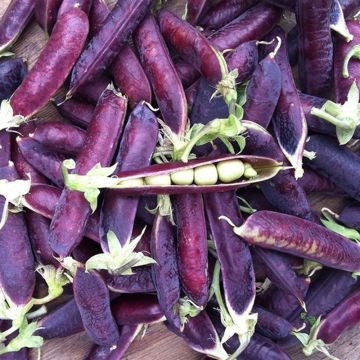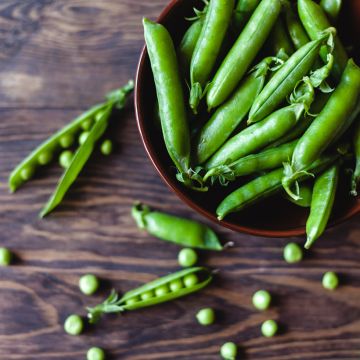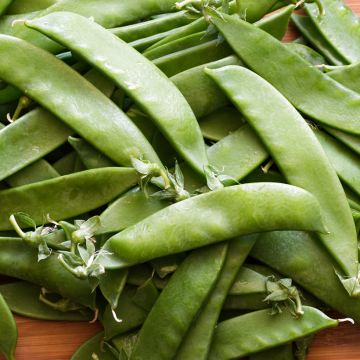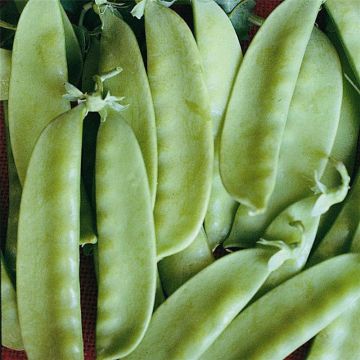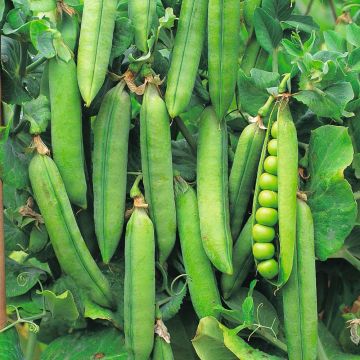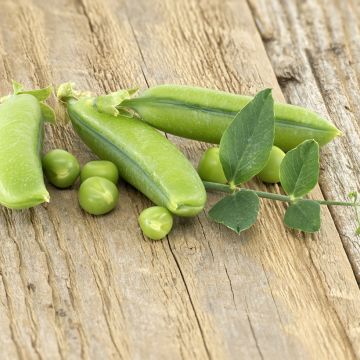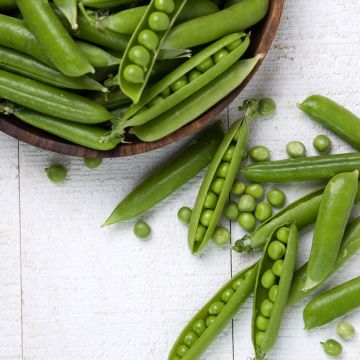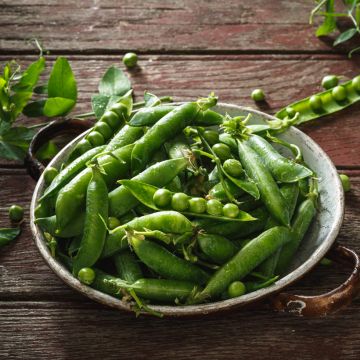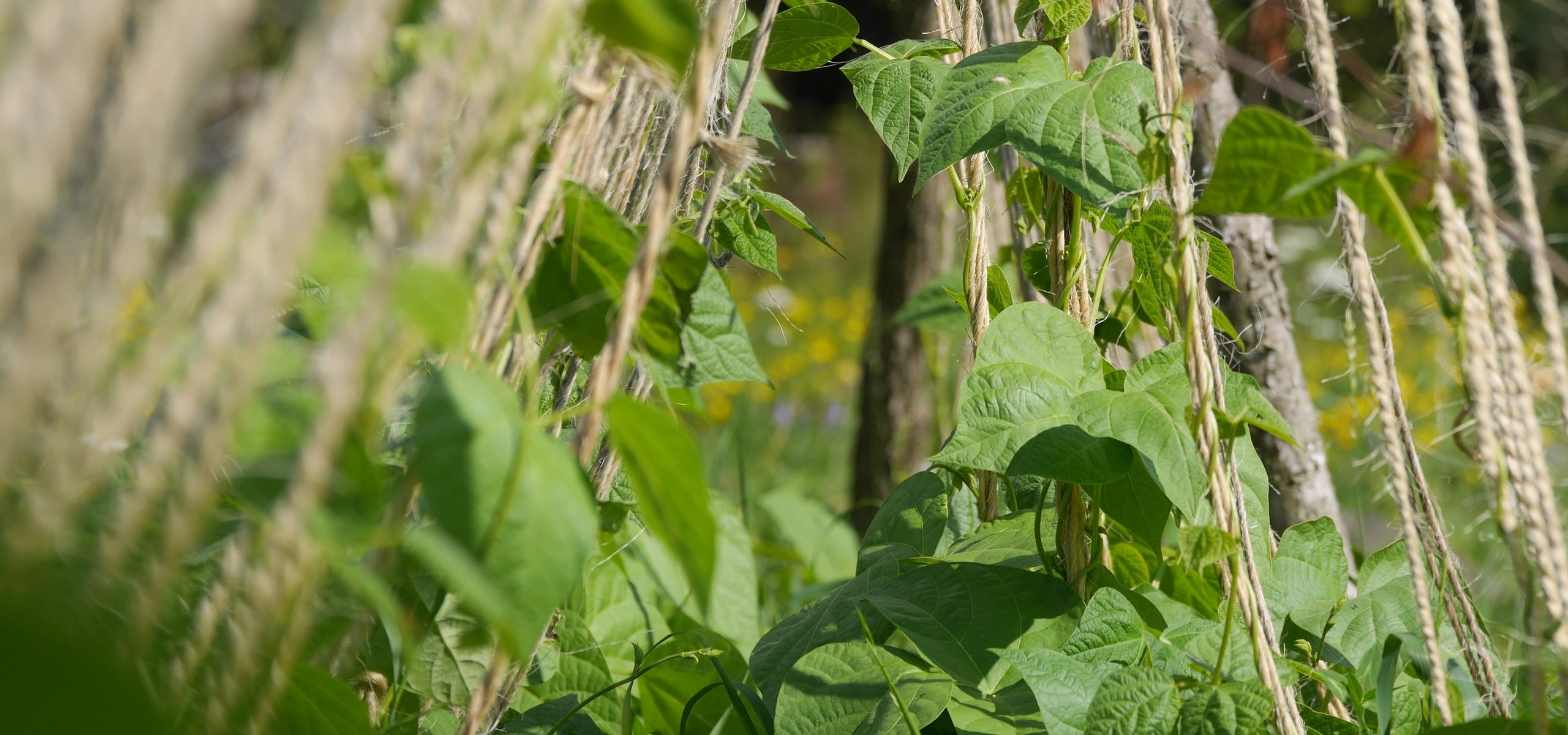
Support climbing varieties of vegetables
climbing beans and peas
Contents
In the vegetable garden, it is possible to grow two types of peas and beans: dwarf varieties and climbing varieties, known as “pole” varieties. The latter are sometimes overlooked by gardeners, as they require an additional task: staking. However, they offer numerous advantages, such as better yield, space-saving in the soil, and easier harvesting. By taking a little time to set them up properly, you will enjoy vigorous and generous young plants throughout the season. Discover how to choose and set up the right staking to successfully grow pole peas and beans!
The advantages of climbing varieties
The cultivation of climbing beans and peas, sometimes referred to as “climbing”, has numerous advantages:
- these varieties are often more productive than their “dwarf” homologous,
- they take up less space, allowing for more room in the garden,
- harvesting is easier, as there is no need to bend down,
- they are very aesthetic in the vegetable garden, as they provide vertical lines.
The only constraint lies in the installation of a support for the plants to cling to.
What supports to choose for climbing your vegetables?
The range of possibilities is vast, both in terms of materials and the style of assembly for stakes or trellises.
Thus, one can use:
- thick string with several lengths attached to the top of a central post or a stake positioned horizontally, then secured into the soil with pegs,
- wooden poles (chestnut, hazel, ash, bamboo), sturdy battens, or reinforcing bars,
- flexible trellis netting, which will be supported by stakes placed at regular intervals,
- trellises made from wire mesh or welded trellis used in masonry, secured by good posts.
The important thing is that the structure is large enough (2.5 to 3 metres high) to allow the plants to spread out, but also sturdy enough to support their weight.
Feel free to utilise existing structures in the garden: grids, arbors, and pergolas make perfect supports. It is also possible to combine climbing varieties with sweetcorn: once well developed, the sweetcorn plants will serve as stakes for climbing beans and peas.
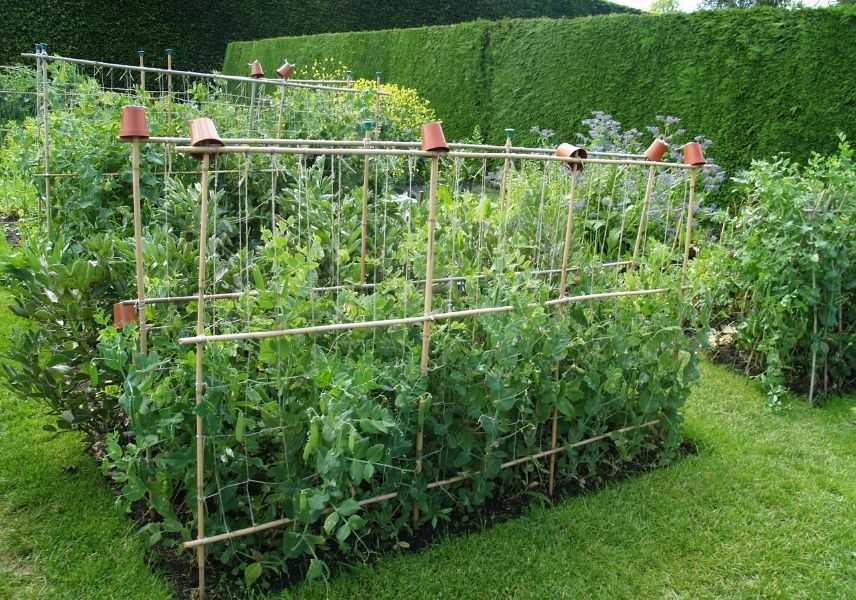
An example of staking that combines stake and trellis netting
Discover other Peas
View all →Available in 1 sizes
Available in 1 sizes
Available in 1 sizes
Available in 1 sizes
Available in 1 sizes
Available in 1 sizes
Available in 1 sizes
Available in 1 sizes
Available in 1 sizes
Available in 1 sizes
How to install them
Stakes and trellises should preferably be set up before sowing.
They can be arranged according to your preferences: in a tipi, to form a long Canadian tent, or more simply, in the form of large vertical panels.
It is important that they are well anchored to the soil to withstand the wind, so do not hesitate to drive stakes and posts in very deeply.
- Subscribe!
- Contents
































